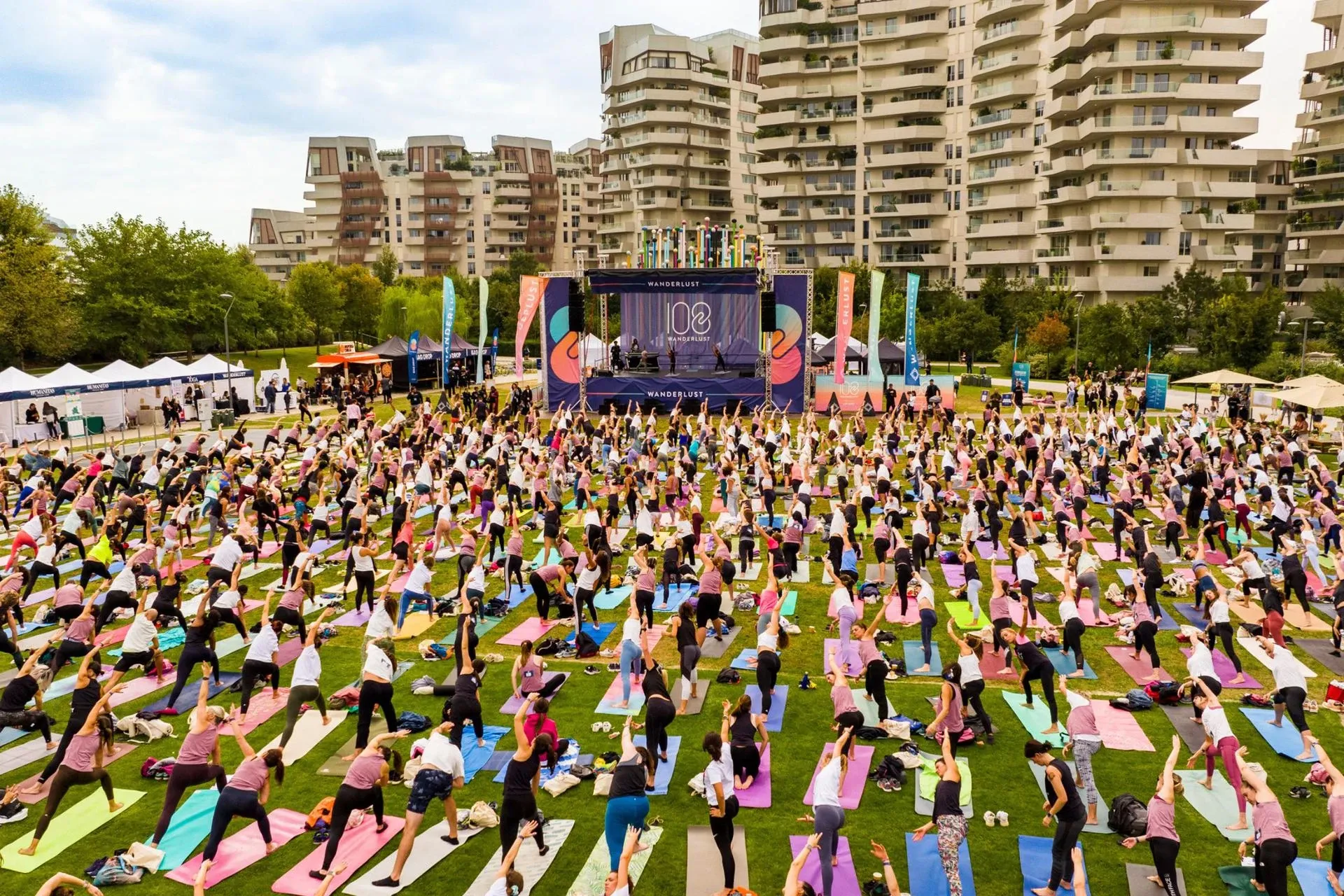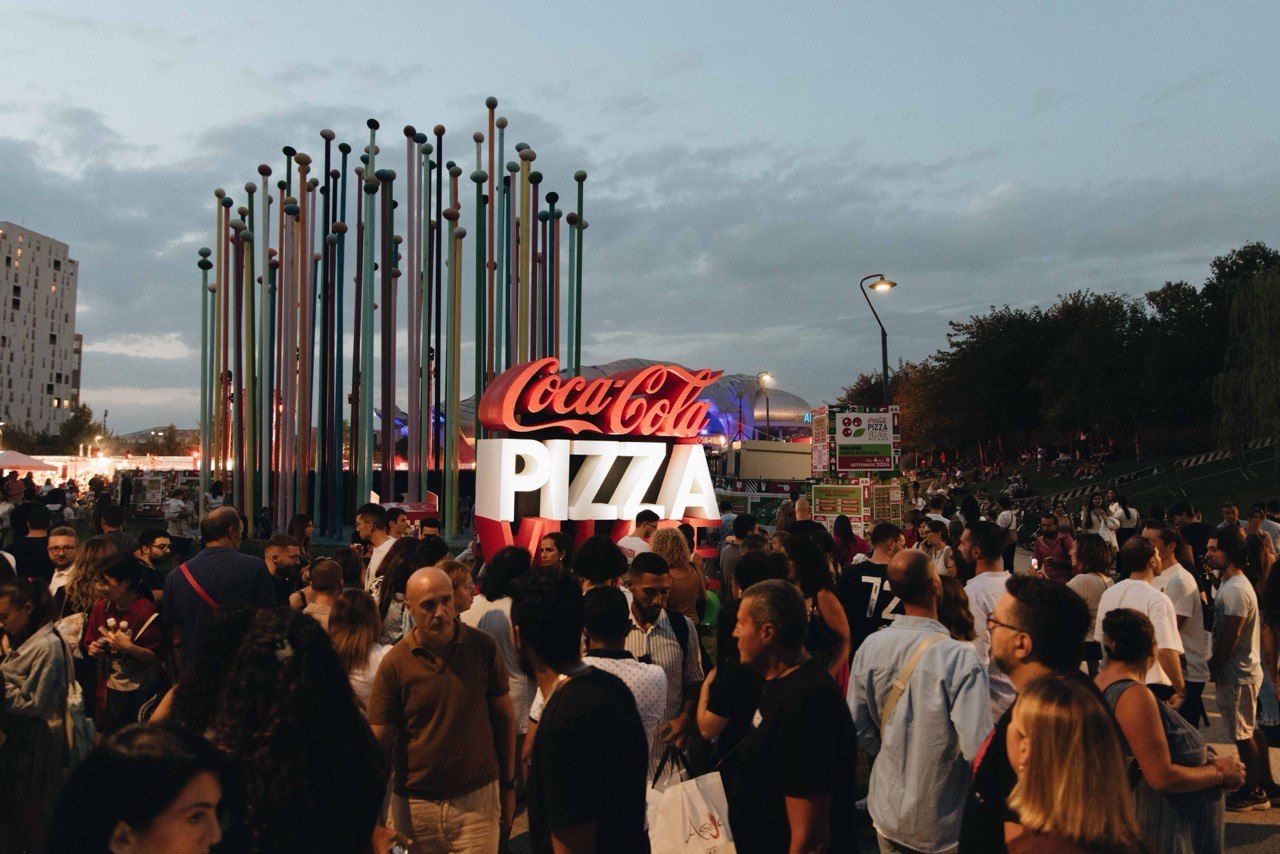Gli eventi a CityLife
Sei un brand? Contatta SmartCityLife per portare il tuo evento nel cuore di CityLife.
CityLife non solo si delinea come un quartiere green e sostenibile, ma anche un luogo di grandi eventi culturali, sportivi e di intrattenimento per la cittadinanza.

Segui smartcitylifemilano su Instagram
Eventi passati
- SmartCityLife

Welcome Spring in CityLife
marzo 16, 2023 - CityLife

Al via la 12° edizione della Salomon Running Milano
settembre 22, 2022 - CityLife

A CITYLIFE LA MOSTRA “L’AMOR CHE MOVE IL SOLE E L’ALTRE STELLE”, UN OMAGGIO A DANTE ALIGHIERI
maggio 25, 2021 - CityLife

CityLife Title Sponsor della Salomon Running 2020 con la CityLife Top Cup 18km e la CityLife Fast Cup 10km
agosto 05, 2020 - CityLife

Night Run: una corsa sotto le stelle a CityLife Shopping District
maggio 13, 2020 - CityLife

CityLife per INTERNI - HUMAN SPACES
aprile 03, 2019




